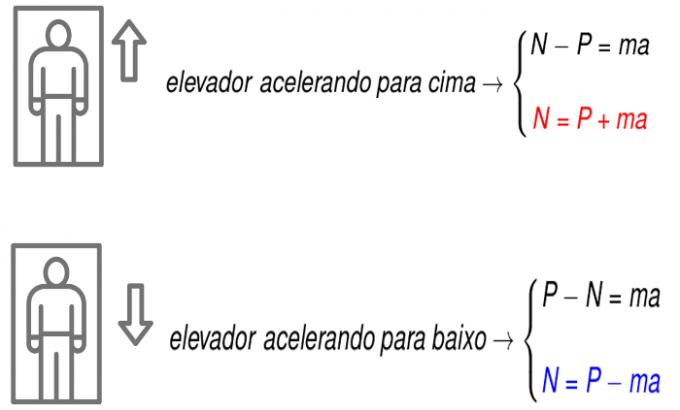Conductivity is a microscopic property of the materials that corresponds to the inverse of resistivity (ρ). A high conductivity in a material indicates great carrying capacity electrical charges with ease, by applying a potential difference between two points. The unit of measure of conductivity is the siemens per meter (S/m), which corresponds to Ω-1.m-1. Materials such as metals and ionic solutions generally have high measures of conductivity, thanks to the presence of a large amount of free electrons in these media.
See too: What is the speed of the electric current?
What is conductivity?
Conductivity is a broad term that can be used to define the ability of some material medium to carry out the transport of energy or particles in the forms of heat, electrical charges or matter. These different types of conductivity are used to explain a large number of transport phenomena and depend on factors such as the difference in temperature, the difference in electrical potential and the difference in concentration between different points in the material medium, respectively.

In this article we will exclusively discuss electrical conductivity and its properties. However, it should be stated here that good conductors of electricity are, in most cases, good thermal conductors.
THE conductivityelectric is the physical quantity that measures the inherent capacity of a material to carry electrical charges when subjected to an electrical potential difference. This characteristic of materials takes into account aspectsmicroscopic, such as the availability and mobility of free electrons, which can be understood, respectively, as the amount of weakly linked to atomic nuclei and the speed at which electrons can be conducted between the atoms of the material's crystal lattice without colliding with them. last ones.
THE unit of measurement of the electrical conductivity is exactly the inverse of the resistivity measurement unit (Ω.m), therefore, 1/Ω.m or yet, Ω-1.m-1. Furthermore, it is also possible that electrical conductivity is written in terms of another unit of measurement, known as siemens, whose symbol is S. Such a unit is used to represent a quantity defined by the inverse of the electrical resistance (R): a conductanceelectric (G).
Do not stop now... There's more after the advertising ;)
conductivity formula
The formula used to calculate conductivity is as follows:

σ – conductivity (S/m)
ρ – resistivity (Ω.m)
Conductivity x resistivity
Conductivity and resistivity are greatnessinverselyproportional. This indicates that the higher the conductivity of a material, the lower its resistivity and vice versa. Like resistivity, conductivity is a intrinsic feature of the material and does not depend on geometric factors, such as the shape or dimensions of the body.
Interestingly, conductivity is one of the physical quantities whose measurements extend over the greatest number of orders of magnitude. In nature it is possible to find materials insulators which have conductivities less than 10-17 S/m, while there are excellent conductors whose conductivity is greater than 107 No.
Read too:Differences between conductive and insulating materials
Electrical conductivity table of materials
Check out a table which contains the conductivity measurements of some common materials.
Material |
Conductivity (Ω-1.m-1) |
Silver |
6,8.107 |
Copper |
6,0.107 |
Gold |
4,3.107 |
Glass |
1,0.10-11 |
Rubber |
1,1.10-15 |
Quartz |
~10-17 |
From the table above, it is possible to see how large the spectrum of conductivity measurements is, which can span more than 20 orders of magnitude.
By Rafael Hellerbrock
Physics teacher
Would you like to reference this text in a school or academic work? Look:
HELERBROCK, Rafael. "Conductivity"; Brazil School. Available in: https://brasilescola.uol.com.br/fisica/condutividade.htm. Accessed on June 27, 2021.



